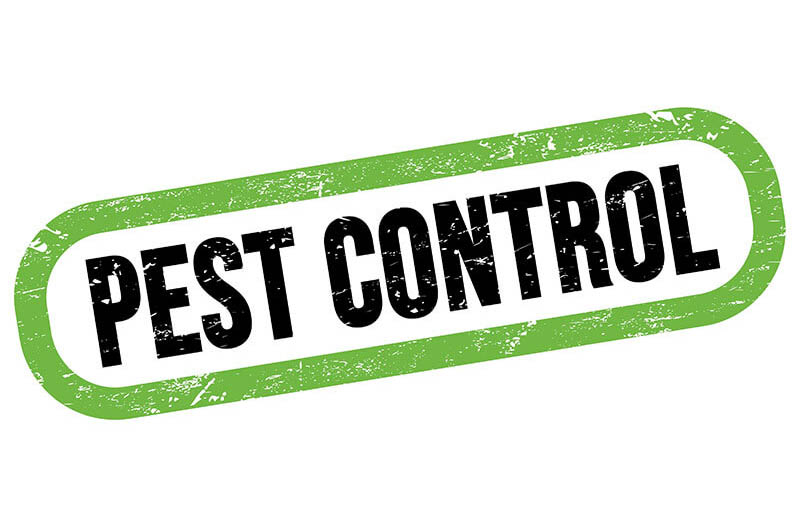Have you ever considered how pest movement can impact food safety? We live in a world of movement, and food and food products are no exception, traveling along channels of production, processing, packaging and distribution.
Food and ingredients can move thousands of miles from their source until they find their way onto store shelves. Keeping food safe along this journey can be a challenge when combined with the presence and movement of pathogens, foreign material and pests.
A recent webinar, part of NGA’s food safety partnership with Ecolab, reviewed an outside-in approach to the evolution of pest elimination and explored food safety in relation to pest movement, a science that Ecolab calls “pest kinetics.”
Ecolab Corporate Scientist Douglas Gardner looked at what type of movement makes certain pests “bad players,” what are the most common conditions that bring pest and food paths together, and what can be done to mitigate these risks.
Here are some key takeaways from the discussion:
Pest kinetics are all about movement. The movement of pests in relation to food production and distribution can be random or organized, natural or man-made. It can occur all along the supply chain, from harvesting to transportation to processing to packaging and stocking. They can move via air, water, waste and contact with people or other materials. Problems occur when their paths are allowed to intersect with production flow paths.
Who are the “bad players?” Common exterior and barrier pests include rodents, birds and flying and crawling insects. Common interior pests include flies, cockroaches, other crawling pests as well as birds and rodents. The worst are those that actively try to get in and reproduce inside structures where food is produced, stored and sold.
Zones of pest activity. Behavioral zones include spilled garbage, standing water, clutter, overgrown vegetation, holes or gaps in structures, stored items with slow-moving inventory, odors, lighting and drains.
What can a pest service provider do? Provide an independent set of eyes, help identify root causes, actively monitor your sites and recommend corrective actions. Solutions include remote monitoring, equipment and rodenticides. “Smart” equipment can monitor hard-to-access areas and collect data that provides actionable insights.
For more exclusive insights, view a recording of the complete webinar at https://attendee.gotowebinar.com/recording/6555483375745385308.
Read more association news at The Shelby Report.

